Spycraft and the Road to Rebellion
This blog post might better be called "Back to the Future." Not because it is about the iconic 1980s time travel film and its subsequent franchise but because we are traveling back to the original premise of this blog and the Yankee Doodle Spies book series, espionage.

The American Revolution was, for many years, a war inthe shadows. Since shortly after the 1763 Treaty of Paris ended the French andIndian War, a slow-fused powder keg of resentment, misunderstanding, andill-conceived policies drove a wedge between the North American Englishsettlers and their cousins back home. Disputes over taxation, governance,Indian relations, western settlement, and trade began percolating.
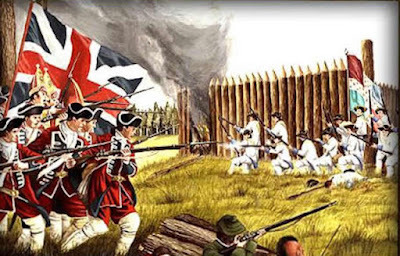 French and Indian War
French and Indian WarThe governance issue, in some ways, was a mirror imageof the Whig–Tory divide in Britain, but it was mostly a uniquely Americanproblem. What should be the relationship between a home country and itscolonized overseas possessions when those possessions had evolved and maturedinto growing and prosperous polities in their own right?
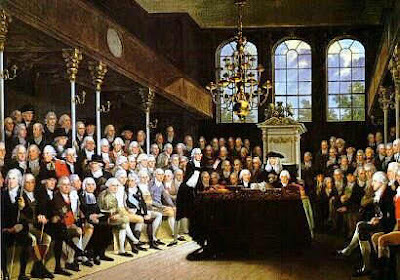 Parliament
ParliamentBy 1775, Great Britain's population is estimated at around8,000,000 people. But the American colonies had grown from a handful ofsettlements clinging to the Atlantic coast in the early 17th centuryto a land of 2.500,000 people, with some frontier settlements over 100 mileswestward.
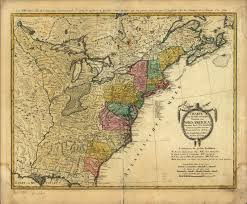 The colonies stretched as far as the Appalachians by mid 18th century
The colonies stretched as far as the Appalachians by mid 18th centuryThe standard of living in the colonies rivaled anyEuropean country. Agriculture was king, but tradesmen and merchants prosperedas maritime commerce grew between the colonies, the West Indies, and someEuropean states.
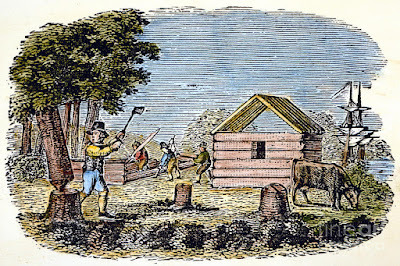 American colonies were prosperous due to farming and trading
American colonies were prosperous due to farming and trading The cities of Newport, New York, Boston, Philadelphia,and Charleston were increasing in size, wealth, and culture. Philadelphia wasthe third largest city in the British domains after London and Edinburgh. Thegreat distances between these centers made coalescing around shared ideas andaction challenging.
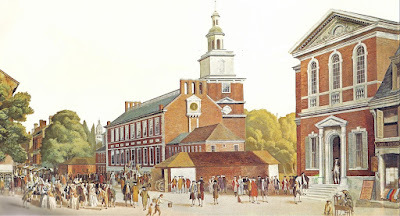 Philadelphia was the third city in the British Empire
Philadelphia was the third city in the British EmpireA series of British policies beginning in the 1760sstarted to grate on many. Political unrest brewed at first with the educated andbusiness classes, but with each step to quell the unrest, it began to seep intothe rest of the populace. With political turmoil came political organization.
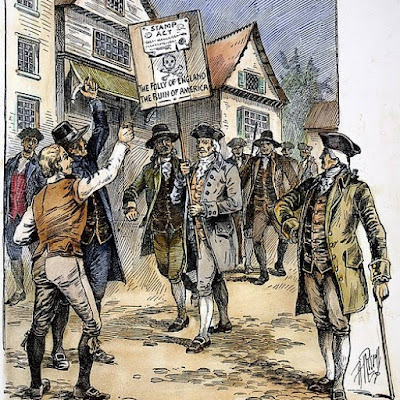 Resistance was secretly organized but openly practiced
Resistance was secretly organized but openly practicedPolitical leaders throughout the colonies secretlystood up committees to avoid action by the royal authorities and their loyalistsupporters. These organizations, which occurred at local, county, and colonylevels, communicated political thought and coordinated activities within andamong the colonies.
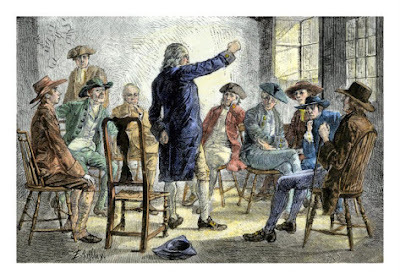 Committees met secretly
Committees met secretlyBy 1775, most colonies had Committees of Correspondence(communications and propaganda), Committees of Safety (local defense andmilitia), and other committees for various purposes. Many later leaders duringthe American Revolution cut their teeth by participating in the committees,which were the precursors to future American governance.
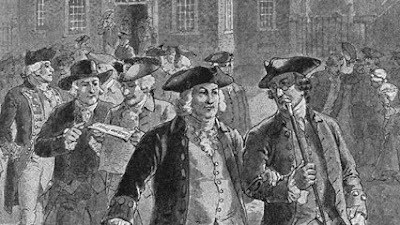 America's future leaders learned their business while organizing resistance
America's future leaders learned their business while organizing resistanceAs the Royal Governors stepped up the enforcement ofBritish policies on the colonies, the committees learned to operate covertlyand sometimes clandestinely. Groups like the Sons of Liberty or The GreenMountain Boys developed. But those with unswerving loyalty to the king, the loyalists,also countered these groups, often reporting on their activity and sometimestaking action.
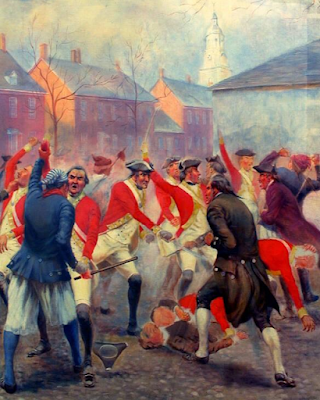 Sons of Liberty taking action
Sons of Liberty taking actionThe advocates for colonial rights waged a politicalwar, often in secret, sometimes in the open. The committees developed protocolsfor hiding their actions and intentions and identifying those supporting the Crown.Political agitation morphed into armed insurrection (especially inMassachusetts) with the outbreak of combat at Lexington and Concord and thesiege of British-occupied Boston.
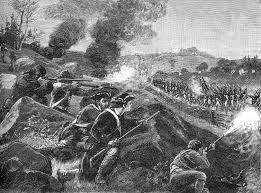 Insurrection became open rebellion when the British raided Lexington & Concord
Insurrection became open rebellion when the British raided Lexington & ConcordThe stakes were exceptionally high between the loyalistsand the rebels, whose mutual disdain was far greater than the disdain betweenthe patriots and the British. By then, both sides were using informants againsteach other. They developed techniques for identifying possible spies and forspying.
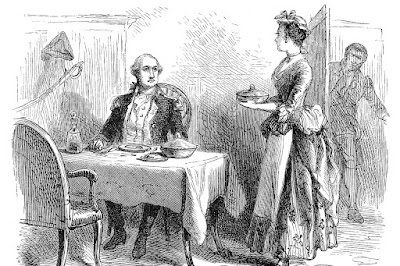 Spying in a tavern
Spying in a tavernThe covert and clandestine measures that evolved over a decade ofsecret meetings, passing information covertly, and discreetly building up politicalnetworks and organizations, would now be used in an open rebellion and then awar for independence that stretched from the backcountry of the AppalachianMountains to the capitals of Europe.
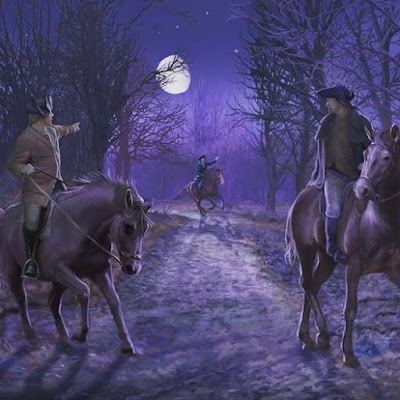 Secret couriers pass information critical to orchestrating resistance and rebellion
Secret couriers pass information critical to orchestrating resistance and rebellionNext, we will look at some of the tradecraft, which Icall spycraft, used during the time of the Yankee Doodle Spies.



